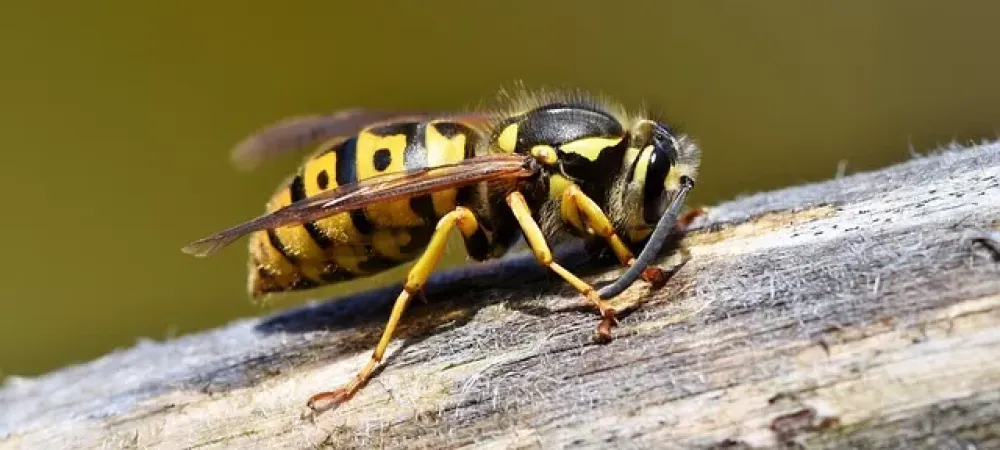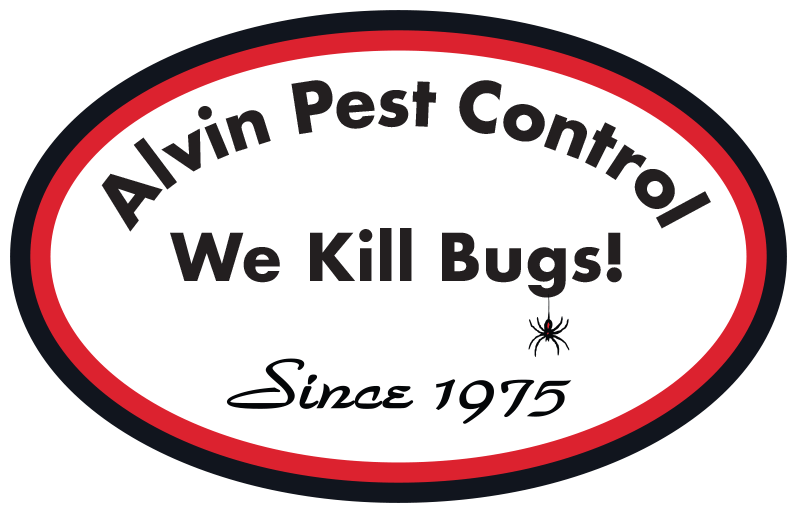Stinging Insects: Everything You Need to Know

Our customers at Alvin Pest Control are always asking us about stinging insects. Their questions include how to tell them apart, how to avoid them, and what to do if they’re stung. With that in mind, here are the facts about insects that sting.
What Are Stinging Insects?
Stinging insects are those insects that are venomous and have the ability to inject that venom into a prey or threat through a stinger or other body part. The venom is meant to paralyze or even kill prey and discourage predators and other threats. Interestingly, only the females of bees and wasps sting. Theirstinger is actually a type of ovipositor, an organ that would usually allow for the passage of eggs. But ants and even the caterpillars of some moths can sting.
Are They Beneficial?
Insects that sting are often amazingly beneficial to life on the planet. Bees are such important pollinators that many crops would not grow without their ability to pollinate them. Wasps and hornets also pollinate plants, but they also rid the garden of pests such as grubs and caterpillars. Though they have a terrible and somewhat deserved reputation, fire ants even eat ticks that spread disease. When they build nests deep into the ground they help get oxygen into the soil and make it fertile.
How To Deal With Stings
Though most wasps, bees and hornets don’t go out of their way to sting — indeed, stinging kills honeybees by eviscerating them — stings happen. People who are allergic to stings should carry an Epi-pen with them if they are going into an area where stings are a risk. If they’re stung, they should use it but still seek medical help right away. Here’s how people who aren’t sensitive can deal with stings:
Bee Sting Treatment
The first thing to do with a honeybee sting is to calmly leave the area, and remove the sting as soon as possible. Scrape it out with a credit card or fingernail or use tweezers. Wash the wound with soap and water, add a cold pack, and keep the area elevated for a while.
Wasp Sting Treatment
Wasp sting treatment is different from bee sting treatment in that a stinger doesn’t need to be pulled out. The first thing to not do if stung by a wasp is swat at it. This is considered threatening by the wasp, and she’ll release pheromones to have her sisters come and join her. Instead, a person should calmly leave the area and wash the wound with soap and water, then place a cold pack on it. As the wound heals, make sure it stays dry and clean. Covering it with a bandaid is a good practice.
How to Stop Wasps From Building Nests Near Your Home
Nothing can ruin your outdoor fun like a wasp sting. At the very least, they’re inconvenient and painful. For those with allergies, they have the potential to cause real life-threatening emergencies. Unfortunately, wasps love to build their nests in the cracks, crevices and eaves of our houses. This can make it difficult to sit on your porch or even use your door! So, how can you stop wasps from building their nests near your home? Here are some tips to remember:
Remove Food Sources
The thing to remember is that wasps aren’t there randomly. They have chosen a spot near your house, in part, because they are finding a plentiful source of food. Wasps will eat just about anything fruit and veggie-related, even if it’s overripe or rotten. If you leave fruit out on the back porch, for example, or you have kids who have the habit of leaving half-eaten food lying around while they play, this is a huge attractor for wasps.
You might not want to hear it, but hummingbird feeders also attract wasps due to the sweet smell of the sugary water in them. Consider moving your feeders farther away from the house.
Cover Up Trash
Even if you have nothing out for wasps to find and forage on, there’s still a chance they’re finding food in your garbage. We might think the rotting smell of old food is disgusting, but to a wasp, it just smells like an endless buffet of delicious treats. Make sure the trash can lids are on tight and your can have no holes in them at all. Remember that wasps can squeeze through some very tiny openings!
Seal The Cracks
Speaking of tiny openings, if wasps are getting into your porch or attic, there are probably some small cracks you don’t know about. Go through with a caulk gun and find any possible opening you can to seal.
Plant Wasp-Repellers
Did you know there are some plants that naturally repel wasps? Wormwood, geraniums, marigolds and basil are just a few examples of plants that have odors that wasps – along with many other pests – find to be repulsive. Planting these can create a natural barrier that protects your home from infestations.
Learn how to remove wasp nests safely.
Get More Information
If you need more information about insects that can sting and how to deal with them, call our professionals at Alvin Pest Control.
No one wants their home or yard ruined by wasps and other painful visitors. Use these tips to help keep your home safe. However, there’s only so much you can do on your own. When you need help, more advice or a more thorough examination, it’s time to bring in professionals like us. Contact us at Alvin Pest Control to set up an appointment today!
